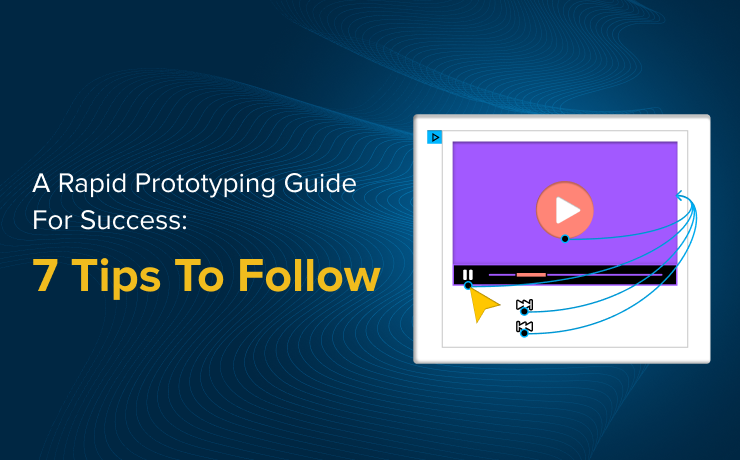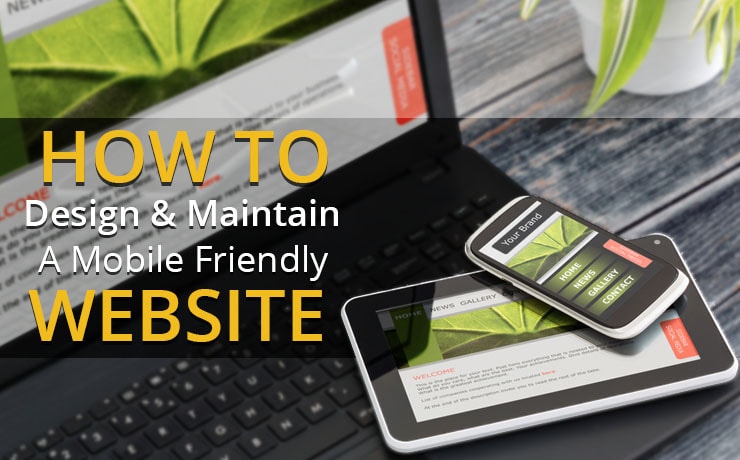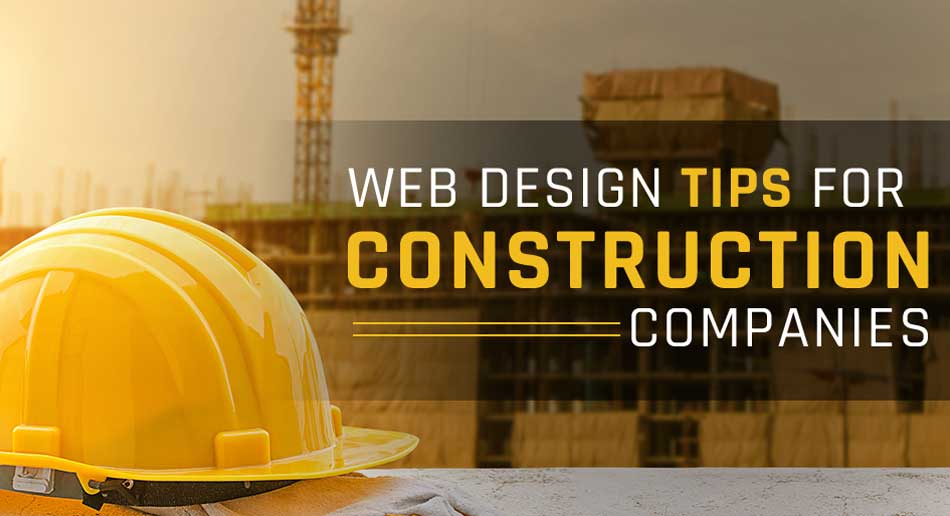A Rapid Prototyping Guide For Success: 7 Tips To Follow

Clement Foo
Senior Digital Content Manager

Rapid prototyping is a transformative approach in the world of product development, offering the ability to quickly turn concepts into tangible proofs of concept. Let us outline practical tips for effectively using this type of prototyping techniques, ensuring your projects move smoothly from the drawing board to reality.
Understand Your Objectives
Before exploring it, clearly define what you hope to achieve with each prototype. Whether it is testing a specific function, the ergonomics, or the aesthetic appeal of a product, understanding your objectives will guide your prototyping efforts and make sure that each iteration brings you closer to your final goals.
Choose the Right Technology
Selecting the appropriate technology is critical. 3D printing is often synonymous with rapid prototyping due to its speed and versatility. However, the choice between different 3D printing methods like stereolithography (SLA), selective laser sintering (SLS), or fused deposition modeling (FDM) depends on your specific needs regarding material characteristics, detail resolution, and cost.
Iterate Efficiently
This type of prototyping is all about iteration. By rapidly cycling through versions of your product, you can identify and fix design flaws early in the development process. Adopt a cycle of designing, prototyping, and testing, and then refine based on feedback to evolve your product quickly.
Integrate Feedback Quickly
Incorporate feedback from each prototype test into your design as soon as possible to reduce development time and improve the end product. It includes feedback from potential customers, team members, or anyone involved in the development process. Effective communication and a flexible approach to design changes are essential for making the most of rapid prototyping.
Leverage Prototyping for Marketing
While typically seen as a tool for designers and engineers, rapid prototypes are also powerful marketing tools. They can be used to convey the potential of a product to investors, stakeholders, and early customers. In the context of PPC advertising, having a prototype in ads can increase engagement by showcasing the product’s real-world application.
Test Broadly and Often
Comprehensive testing beyond basic functionalities—like user interaction and manufacturability—can significantly enhance the final product. The broad testing should include everything from usability to the endurance of the materials used, guaranteeing that the product not only meets the design specifications but also stands up to real-world use.
Document Everything
Keep detailed records of each prototype version, the feedback received, and the changes made. The documentation can be invaluable for understanding the development process, making future projects easier to manage, and ensuring compliance with industry standards.
At SmartSites, we recognize the value of rapid prototyping not only in product design but also as an integral part of developing effective website design and search engine optimization strategies. By prototyping our digital projects, we ensure that our solutions are both innovative and perfectly tailored to meet the needs of our clients. Rapid prototyping is more than just a step in the product development process; it is a comprehensive approach that encourages innovation, efficiency, and teamwork. Whether you are a startup or an established company, this type of prototyping can provide the tools you need to succeed in today’s fast-paced market.
 Free
Consultation
Free
Consultation Free
Google Ads Audit
Free
Google Ads Audit







